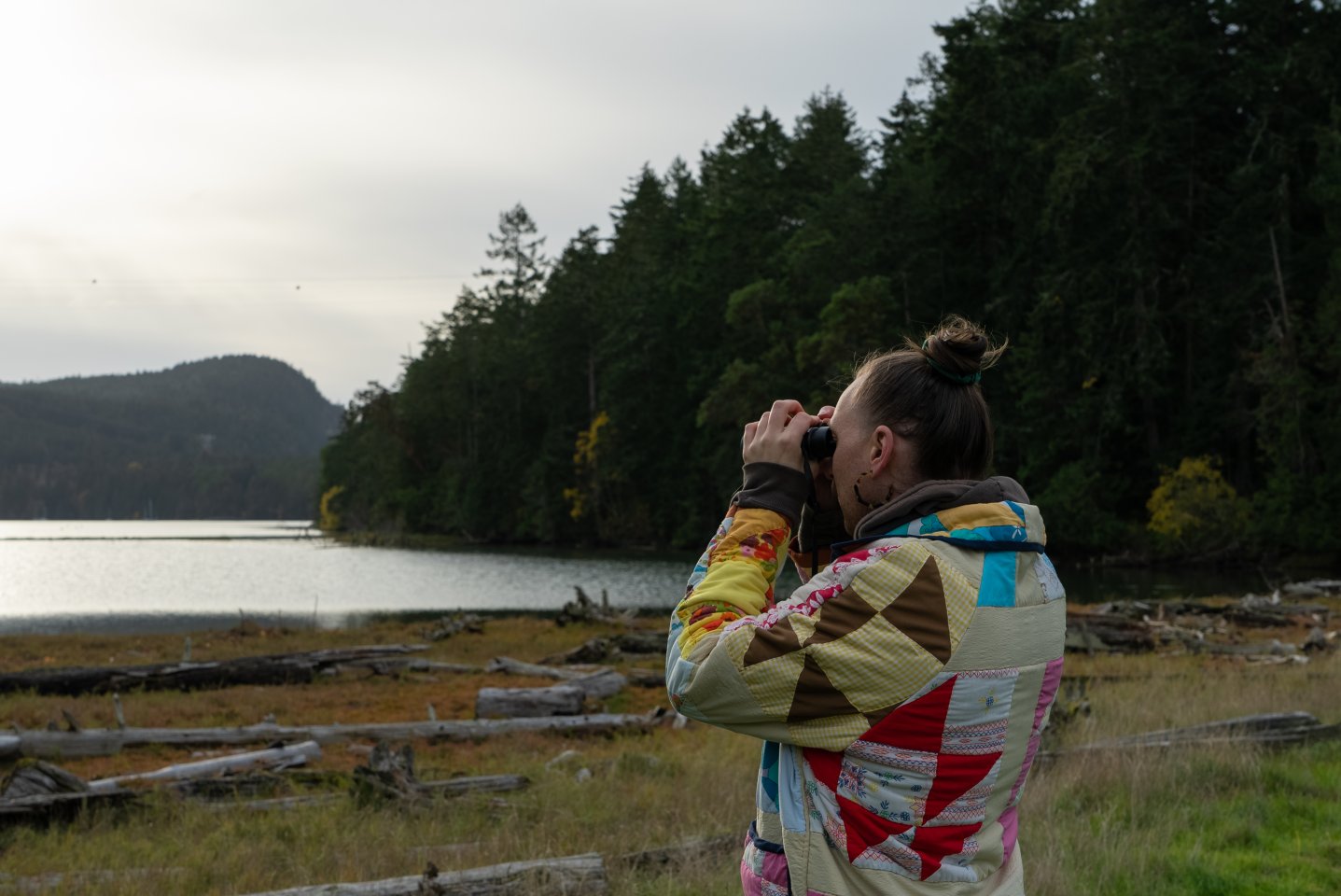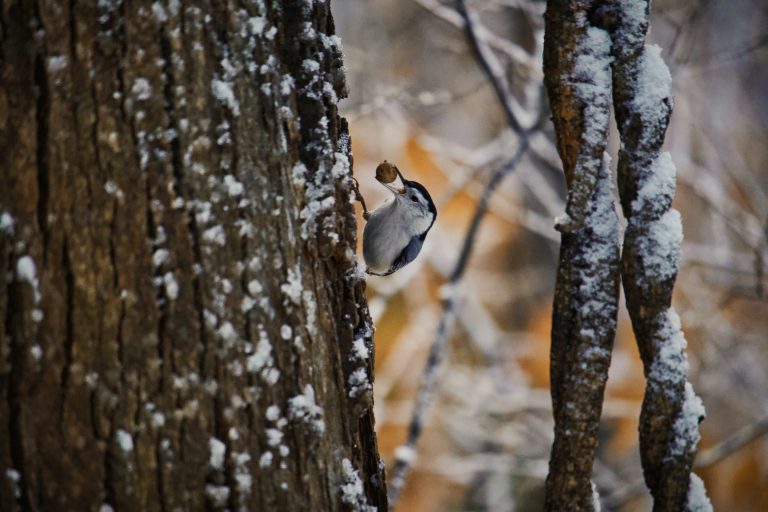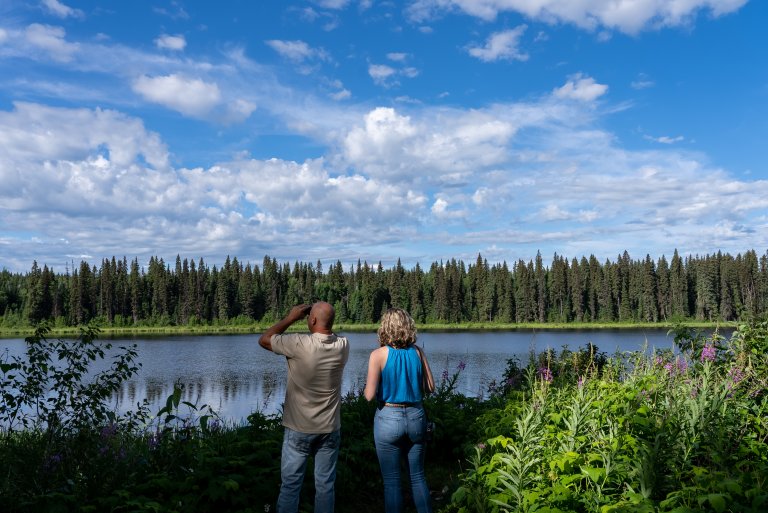It’s a new year and that means a new Big Year challenge is beginning for many birders. A Big Year is a personal goal that some birders like to create for themselves to encourage them to explore and seek out birds.
Typically, a birder’s Big Year will focus on seeing as many different species of birds as possible within a calendar year, but there are also usually some self-introduced parameters, such as only counting birds in your region (eg. using eBird regions) or province. Sometimes these goals can stretch into massive continental or even worldwide endeavours, depending on the birder’s ambitions (and time and budget), of course.
Current Big Year records are beyond impressive, like the North American (ABA) record held by John Weigel with 840 species in 2019, and the Worldwide record by Arjan Dwarshuis with 6,852 species in 2016. But don’t worry, you don’t need to aim for world records to have a fulfilling Big Year.
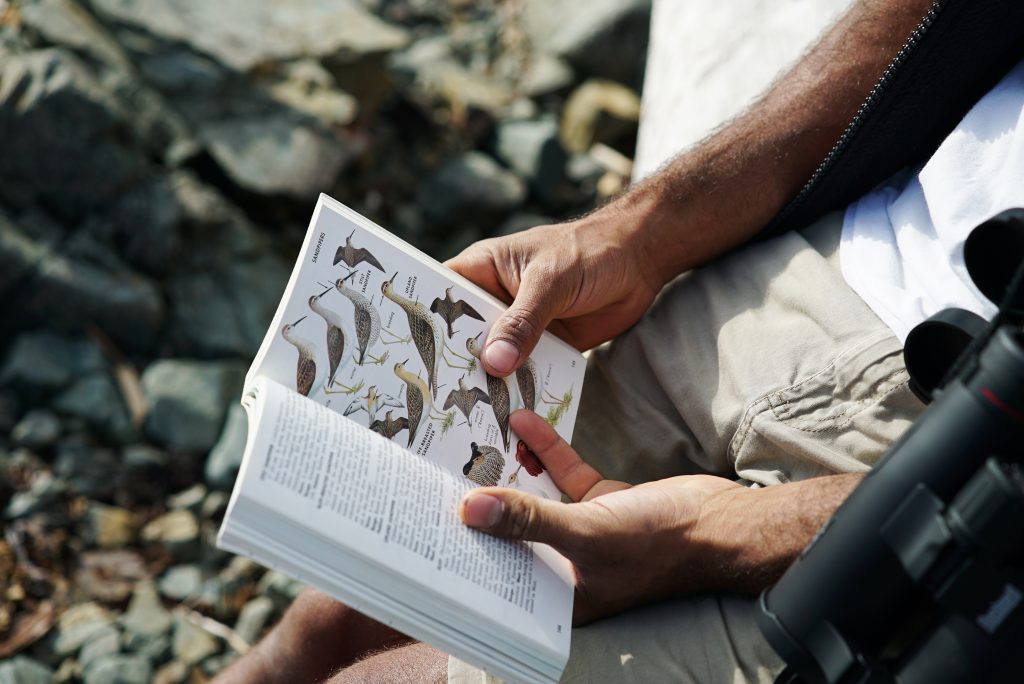
How to Get Started
Firstly, consider what type of goal you’d like to set for yourself. It might be easiest to start by picking an area (your city, eBird region, etc.) and have a target, such as several species you want to see this year. If you don’t know a good number to pick, you can also try just seeing how high of a number you can reach by the end of the year. This can give you a good starting point for your next Big Year challenge, meaning you can increase the difficulty by trying to spot more species than the previous year or try expanding your range.
Don’t let anyone tell you what you “should” do for a Big Year – if you want to simply keep a record of how many species you see on your lunch break walks throughout the year, that’s perfectly valid! If you only record species while walking your dog, that can still be a worthwhile project. These challenges are meant to encourage birding and find creative ways to fit it into your life.
To make their Big Year extra fun or challenging, some people enjoy adding different parameters; a popular one is using only a bicycle as transportation.
Once you’ve set your goals and parameters, it’s time to go birding! Make sure to keep track of what birds you see, either through apps like eBird or iNaturalist, or with pen and paper. The easier it is for you to record your sightings, the more likely you are to do them, so find a method that works best for you.
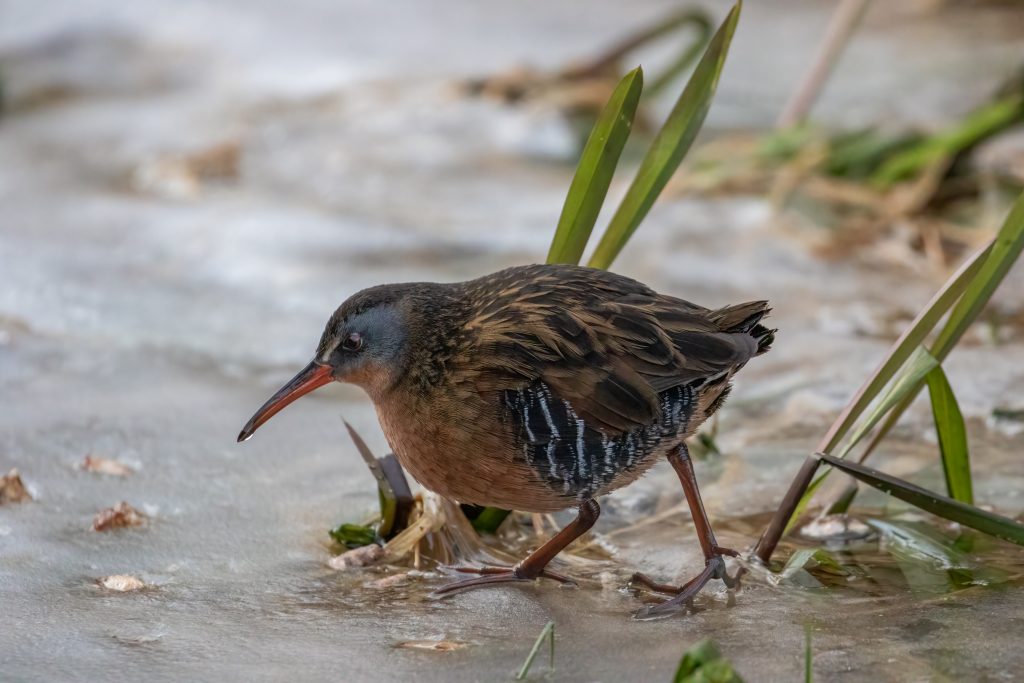
Benefits to Joining
Your Big Year is all about you, and only you can define what it will be. You can make it as challenging as you want, or you can make it unique and creative. You can even keep it local to your own backyard. The biggest benefit to participating in a personal Big Year is all the birding you’ll get to do!
Pushing yourself to see as many species as possible will likely expand your appreciation and knowledge of local birdlife. For example, going on a pelagic boat trip will show you an entirely different part of nature than your usual park outings. The parameters you set for your Big Year can also help you explore new areas, such as that park close to home you’ve never walked through, or even a country you’ve never been to before.
Taking on a Big Year challenge will also help with your bird identification skills. Have trouble telling apart flycatchers? Struggling to ID bird sounds (we have a blog post for that!)? Being able to add multiple different species to your list is a fantastic incentive to pore over helpful field guides, and utilizing resources like those will improve your birding. Of course, the more you go birding and practice your ID skills, the better you will become.
An additional benefit is that tracking sightings through apps like eBird or iNaturalist contributes extremely useful data towards citizen science! It’s an easy way birders can help inform conservation action, and providing data about the birds you see during your Big Year can help predict and assess the impacts of all sorts of environmental changes through how they affect bird populations.
And for some extra fun, consider keeping a journal or blog of your adventures, even if it’s just point form. This can be valuable to look back on if you decide to do another Big Year in the future, and if you decide to post publicly, it can help other birders with their quests.
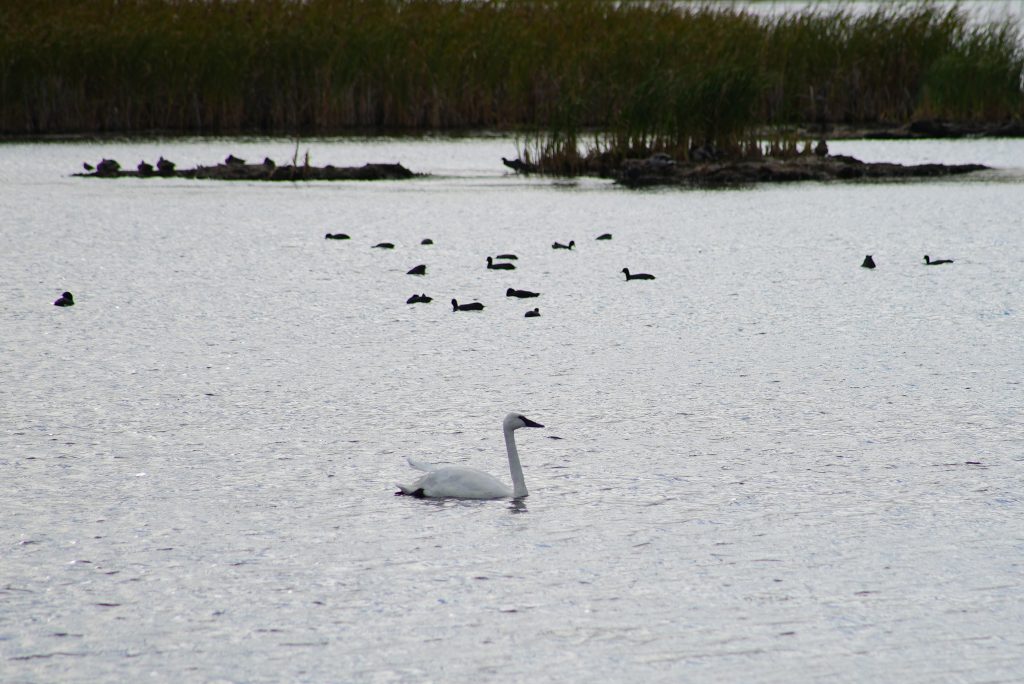
Additional Resources
eBird
- Create an account and easily track all your bird sightings!
- Sign up for rare bird alerts for your region which will help you add more vagrant species to your list. eBird also lets you set up a “Needs List” for your region which shows you sightings of species you haven’t recorded yet this year in that region.
- Your species totals can be viewed either broken down by month or year, letting you track your progress against previous years.
- Using their “Targets” feature will show the most commonly recorded species in a given timeframe. By setting it to show birds you haven’t seen in the current year, you can get a ranking of the most common species in a given month. This can help give you a rough guide of birds you can most likely set your sights on throughout the year.
Rare Bird Alerts
- The BC Rare Bird Alert website is an incredible resource for our province
- Tune into local nature groups and birding Facebook groups as they can offer forums for sharing recent notable sightings
Bird Identification
- Use the Merlin Bird ID app to help you ID birds based on your answers to questions about the bird you saw and your location. You can also snap a photo of a bird or submit a photo from your camera roll to see a short list of possible matches.
BC Birds
- Check out our Birds page to learn about BC birds you’ll likely see in the province.
Now that you’ve learned everything you need to about starting your own Big Year, get out there and do it! Need a jumping off point? Start exploring your Region on BC Bird Trail, which is chock-full of birding hot spots, as well as other recommendations like restaurants, cafes, locally owned businesses, fun activities, and accommodations.
